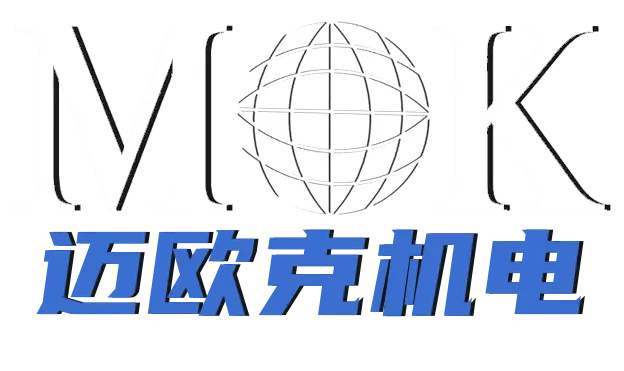Horizontal machining centers are versatile machines that allow for the manufacturing of precision box-type parts. The spindle belt is a critical component of a Horizontal machining center that transfers power from the spindle to the servo motor, enabling the machine to operate at high speeds and with high accuracy. However, spindle belts can experience problems such as noise, wear, and decreased performance if not maintained regularly. In this article, we will explore several reasons why Horizontal machining center spindle belts can become problematic and how best to address these issues.
One of the main reasons for spindle belt issues is wear and tear. As a spindle belt is used over time, it can become frayed and stretched, causing it to make noise when in operation. Regular inspection and replacement of the spindle belt can significantly reduce machine downtime and ensure that the machining center continues to operate at high efficiency.
Another cause of spindle belt problems is related to incorrect matching of the tooth type. The spindle belt, servo motor, and spindle all utilize different tooth types. If an incorrect belt or an incorrect tooth type is used, it can lead to noise and machine vibration, resulting in inaccurate machining. As such, it is essential to ensure that the spindle belt matches the specifications put forth by the manufacturer of the machining center.
Improper belt tension is another main cause of spindle belt issues. If the belt is too loose, it can slip, leading to noise and contributing to machine vibration. Conversely, if the belt is too tight, it can lead to accelerated wear and tear, which can lead to premature failure of the spindle belt. Proper maintenance of the spindle belt as per the manufacturer’s recommendations is, therefore, critical for maintaining the performance of the machining center and reducing operating costs.
To avoid spindle belt issues, it is important to have an effective maintenance and inspection schedule in place. Regular checks on the spindle belt can detect potential problems before they impact machine performance, leading to reduced downtime and repair costs. Routine maintenance of spindle belts usually involves checking the alignment, replacing worn belts, and lubricating the spindle and other components.
In conclusion, spindle belts are vital components of horizontal machining centers that require proper maintenance and inspection to operate effectively. Regular inspection of the belt, proper matching of the tooth type, and maintaining the proper belt tension all play an essential role in ensuring the optimum performance of the machining center. Addressing spindle belt issues promptly can save time and reduce cost in the long run. By investing time and resources into maintaining the spindle belt, manufacturers can ensure that their machining centers run at peak capacity, which ultimately contributes to increased efficiency, productivity, and profitability.
Post time: Jun-05-2023




